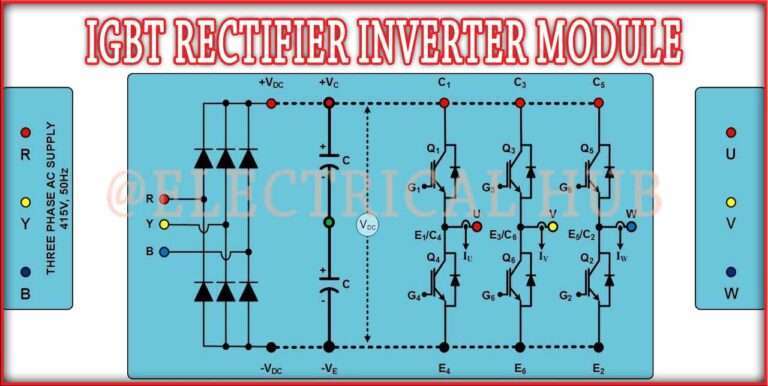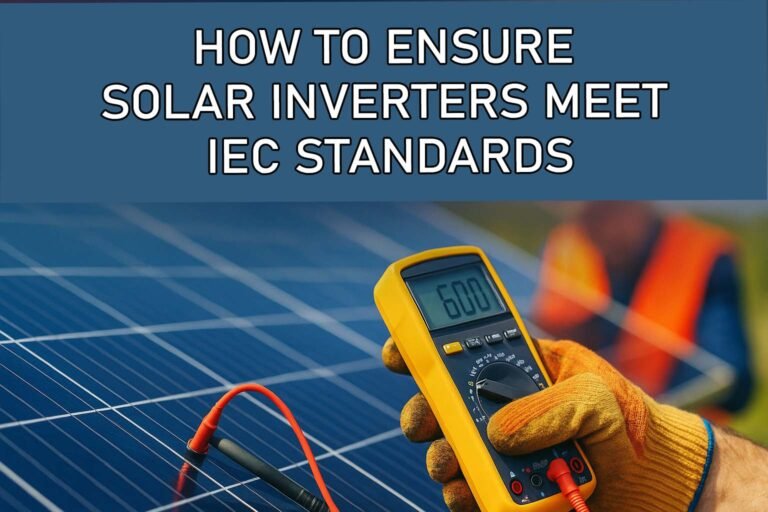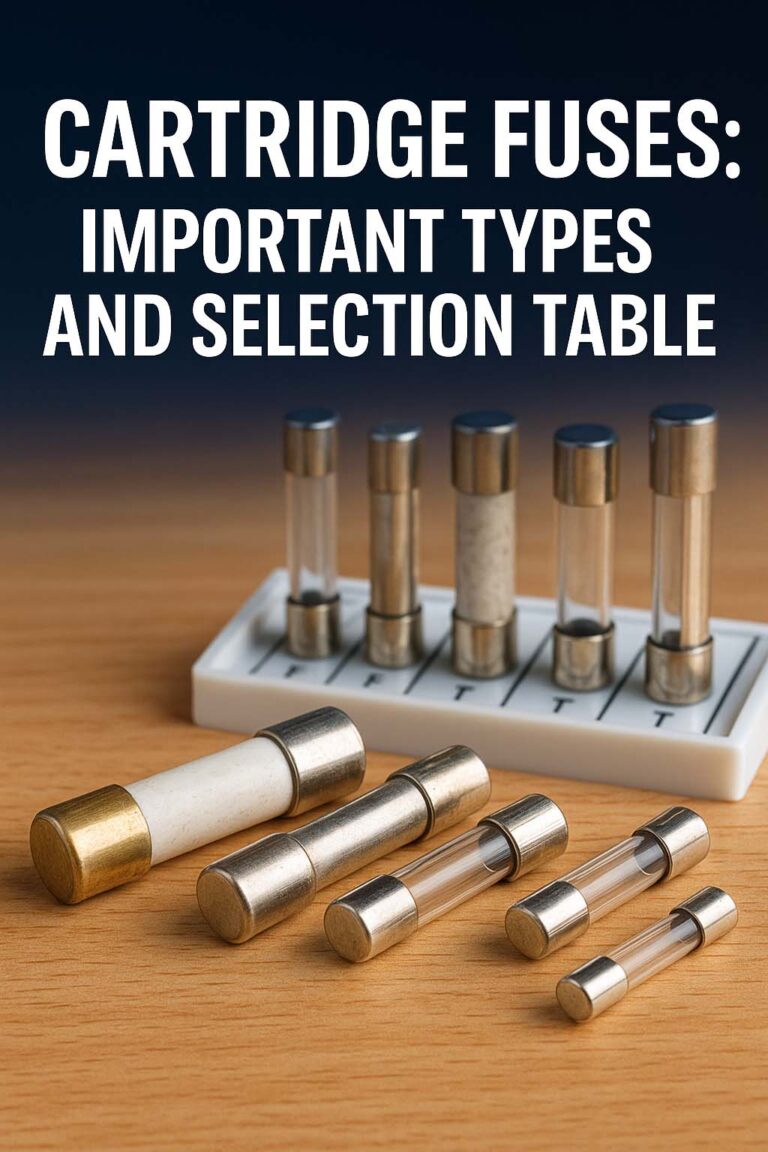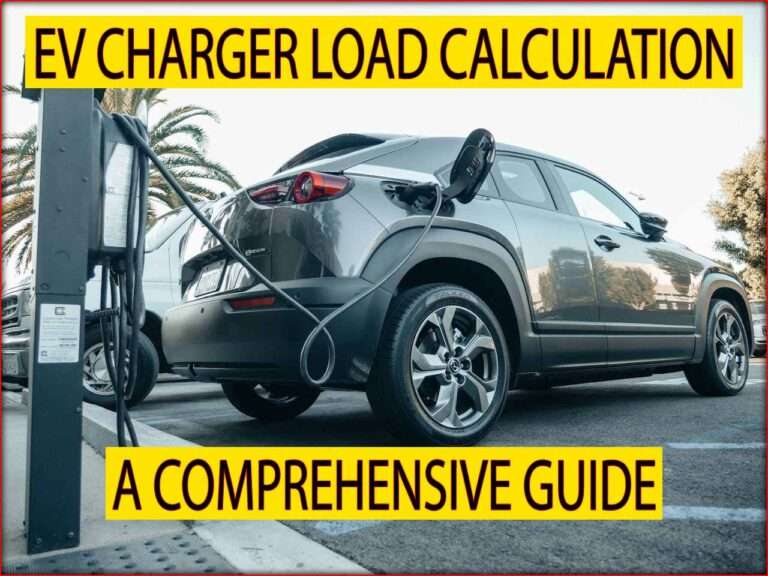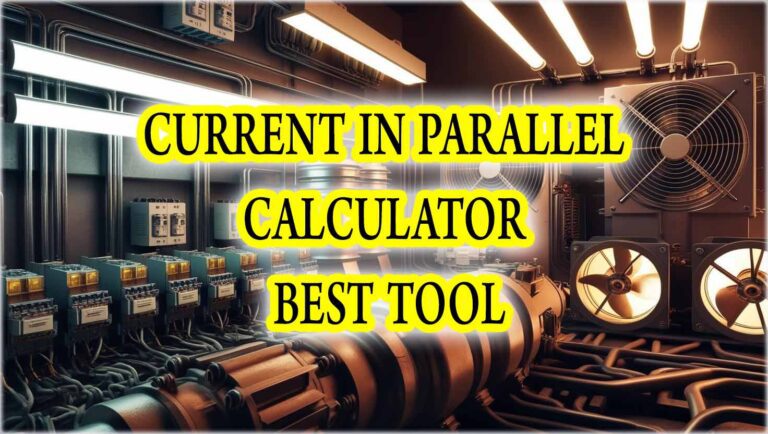Variable Frequency Drive Heat Dissipation
Variable frequency drive heat dissipation is a critical consideration in the design, installation, and maintenance of VFD systems. Without proper heat management, VFDs can overheat, malfunction, or even fail. This issue becomes even more important in systems where VFDs are running continuously, such as in a VFD drive for water treatment plant or large-scale industrial applications.

VFDs are used to control the speed of electric motors. By adjusting the frequency and voltage, they offer better control, energy efficiency, and motor protection. However, this power conversion process generates heat. If not properly managed, this heat can degrade internal components, reduce the drive’s lifespan, and lead to system failure.
Why Heat Dissipation Matters in Variable Frequency Drives
VFDs are electronic devices that convert AC power to a different frequency and voltage. During this conversion, energy is lost in the form of heat. This is why variable frequency drive heat dissipation is vital.
The amount of heat depends on various factors:
- Load on the motor
- Drive efficiency
- Ambient temperature
- Cooling method
- Enclosure type
For example, a variable frequency drive for 3 phase motor handling a 100 HP load will generate significantly more heat than a VFD controlling a small fan motor.
Sources of Heat in a Variable Frequency Drive
There are several internal components responsible for generating heat:
- IGBTs (Insulated Gate Bipolar Transistors): Switch power at high frequency
- Rectifiers: Convert AC to DC
- Capacitors and Inductors: Manage voltage ripple and filtering
- Control Circuitry: Although minimal, still contributes some heat
These components all contribute to the internal temperature of the VFD. This is why variable frequency drive heat dissipation is not just about cooling the outside, but also managing internal thermal load.
Types of Cooling Methods in VFDs
Different VFD systems use different cooling methods. The choice depends on the drive rating, installation location, and environmental conditions.
Forced Air Cooling
Forced air cooling uses fans to blow air over internal components. It’s commonly found in smaller and mid-range drives. However, dust and moisture can reduce its effectiveness.
Liquid Cooling
In larger VFDs, liquid cooling is used. Water or coolant flows through channels in the heat sink to carry heat away. This is more efficient but also more complex.
Passive Cooling
Some drives use natural convection through heat sinks without fans. This method is only suitable for small or lightly loaded drives.
| Cooling Method | Suitable For | Pros | Cons |
|---|---|---|---|
| Forced Air Cooling | Small to medium VFDs | Simple and cost-effective | Dust accumulation |
| Liquid Cooling | High-power VFDs | High efficiency | Expensive and complex |
| Passive Cooling | Low-power, remote systems | No moving parts | Limited thermal performance |
Sizing Heat Sinks for VFDs
The heat sink is a critical part of the variable frequency drive heat dissipation strategy. It allows heat to escape from internal components to the surrounding air.
When sizing a heat sink, the following parameters are important:
- Thermal resistance (°C/W)
- Surface area
- Material conductivity
- Airflow rate
A larger heat sink with better airflow reduces the temperature rise. Aluminum is widely used due to its good thermal conductivity and low weight.
Impact of Ambient Temperature on Heat Dissipation
Ambient temperature significantly affects the performance of variable frequency drive heat dissipation. Most VFDs are rated for ambient conditions between 0°C and 40°C. When the ambient temperature rises, the drive may derate or shut down to protect itself.
This is particularly important in outdoor installations or in control rooms without proper air conditioning. In such scenarios, the use of variable frequency drive harmonic filter and ventilated enclosures is advised.
Tips for Improving Heat Dissipation in VFDs
Here are some tips to improve heat dissipation and ensure reliable performance:
- Install VFDs in well-ventilated enclosures
- Avoid stacking multiple drives closely
- Use external heat sinks if required
- Monitor internal temperature sensors regularly
- Clean air filters and fans periodically
- Choose VFDs with high thermal efficiency ratings
If you are planning to use a variable frequency drive with Arduino, remember that Arduino-based control systems also need space and airflow. The combined setup must be housed in a way that allows for proper cooling.
Heat Dissipation and Energy Efficiency
Heat dissipation is directly related to energy losses in the system. The more heat produced, the lower the efficiency. A high-efficiency drive will have better thermal performance, translating to less power wasted as heat.
A helpful way to manage this is by using a calculator for VFD motors. These tools allow you to estimate the energy efficiency, power loss, and cooling requirements based on your load and motor specs.
For instance, using a variable frequency drive for 3 phase motor with a poor cooling setup can lead to over 5% energy loss as heat. Optimizing the heat dissipation can lower this number significantly.
Thermal Management in Water Treatment Plants
In applications like a VFD drive for water treatment plant, the VFDs often run continuously, controlling pumps and blowers. These installations face challenges like humidity, high load cycles, and limited airflow.
To ensure reliable operation, engineers must design enclosures with cooling fans, louvers, and even air conditioning if necessary. The cost of better variable frequency drive heat dissipation is always lower than replacing failed drives and facing downtime.
Drive Placement and Heat Flow
Another factor to consider is the physical placement of the VFD. Always install the VFD in a vertical orientation. This allows natural convection to support internal airflow. Avoid placing the VFD near heat-generating equipment like transformers or boilers.
Even the best variable frequency drive working principle will not help if the drive overheats and shuts down during critical operations.
Smart Drives with Temperature Monitoring
Modern VFDs come with built-in temperature sensors and protection circuits. They can alert users about overheating and even reduce motor speed to lower thermal load. Integrating these drives into SCADA systems or Arduino-based automation setups allows for real-time temperature monitoring.
These smart features enhance variable frequency drive heat dissipation by providing proactive control. Instead of waiting for an over-temperature alarm, the system can take preventive action.
How Heat Affects VFD Lifespan
Every 10°C increase in internal temperature can cut the lifespan of VFD components by half. Capacitors, in particular, are sensitive to heat and may degrade quickly if exposed to high temperatures for extended periods.
This makes thermal management essential not just for immediate performance but also for long-term reliability.
Conclusion
Variable frequency drive heat dissipation is a crucial aspect of VFD system design and operation. It affects performance, efficiency, safety, and equipment lifespan. Whether you’re working on a VFD drive for water treatment plant, a small automation project with variable frequency drive with Arduino, or managing harmonics using a variable frequency drive harmonic filter, good thermal design should never be overlooked.
Follow Us on Social:
Subscribe our Newsletter on Electrical Insights to get the latest updates in Electrical Engineering.
#VariableFrequencyDrive, #VFDHeatDissipation, #VFDCooling, #VFDInstallation, #IndustrialAutomation, #MotorDrives, #HeatSinkVFD, #ElectricalEngineering, #EnergyEfficiency, #PowerElectronics, #VFDMaintenance, #ThermalManagement, #VFDEnclosureCooling, #CoolingSystemDesign, #VFDProtection

